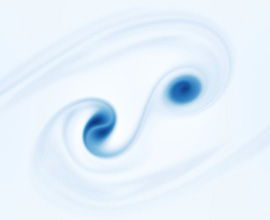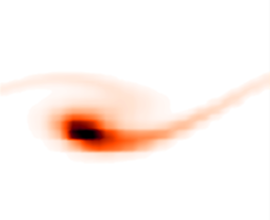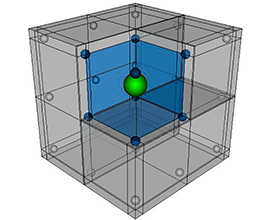Get in touch with me
As a Ph.D. candidate, I'm always interested
in collaborations or work offerings!
Jonathan Komperda
Department of Mechanical Engineering
842 W. Taylor Street
Rm. 2022 ERF, MC 251
Chicago, IL 60608
FLUIDS + AEROSPACE + COMBUSTION
COMPUTATIONAL FLUID DYNAMICS / HIGH PERFORMANCE COMPUTING

I am a fourth-year Ph.D. candidate in Mechanical Engineering at the University of Illinois at Chicago under the supervision of Dr. Farzad Mashayek. I currently work in the Computational Multiphase Transport Laboratory developing numerical algorithms for high-order h/p element method codes. Prior to my numerical research, I worked in the Spray and Atomization Laboratory performing experiments on electrostatic charge injection methods.
A majority of my work has focused on developing models and algorithms for use in high order numerical codes for the solution of the Navier-Stokes equations. Current research is focused on the simulation of the AFRL Scramjet using large eddy simulation by means of a Discontinuous Spectral Element Method code in conjunction with the Filtered Mass Density Function methodology for high-speed combustion.



As a Ph.D. candidate, I'm always interested
in collaborations or work offerings!
Jonathan Komperda
Department of Mechanical Engineering
842 W. Taylor Street
Rm. 2022 ERF, MC 251
Chicago, IL 60608